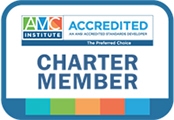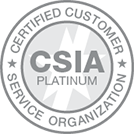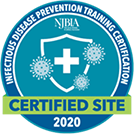Key Labor Trends Present a Challenge & an Opportunity for Associations
If you’ve been looking at labor and workforce trends in the United States right now, you’re likely aware that we are shifting toward a full employment economy. This means that a lack of workers, rather than a lack of jobs will be one of the biggest economic challenges we face over the next several years. Labor shortages are impacting several industries from health care to manufacturing and the skilled trades, as retiring Baby Boomers leave the workforce faster than millennials are replacing them.

Gad Levanon, a researcher for the Conference Board and chief economist for North America predicts that as the U.S. labor market continues to tighten and the economy approaches “full employment,” employers will be forced to offer higher pay to attract the skilled workers they need. Levanon also states that some employers may also have to settle for hiring workers who are less-qualified, with less consistent work histories and educational attainment, and may try to provide more on-the-job training for new employees.
As the Executive Director of a trade association, I hear quite frequently how the labor shortage is directly impacting our association’s members who are finding it more and more difficult to hire enough qualified workers to fill their employment needs.
For associations, this issue presents both a challenge and an opportunity. If the industries represented by our associations are not attracting new employees, how will we achieve membership growth? What impact will this have on our association membership rosters or the growth of our certification programs? Who will be the future leaders to carry forward the association’s mission and help promote the vitality of our industries and professions?
Associations and their boards should be looking at this issue to assess how it impacts their membership and determine if this presents a new opportunity to help fill a need. Associations can be very adept at offering targeted education and professional development that can help train workers on very targeted skill sets. They can offer micro-credentials and certification programs for young people and future employees to promote the positive career path that is available within their professional fields and industries. Or perhaps, develop partnerships with trade schools and other educational institutions to help provide targeted educational resources and recruitment campaigns for young people looking to enter the workforce.
Take a look at the labor shortage issue and how it may be impacting your association. When you do, you may find an untapped opportunity to help attract, recruit and train professionals for your industry and most importantly help fulfill a need for your members.




